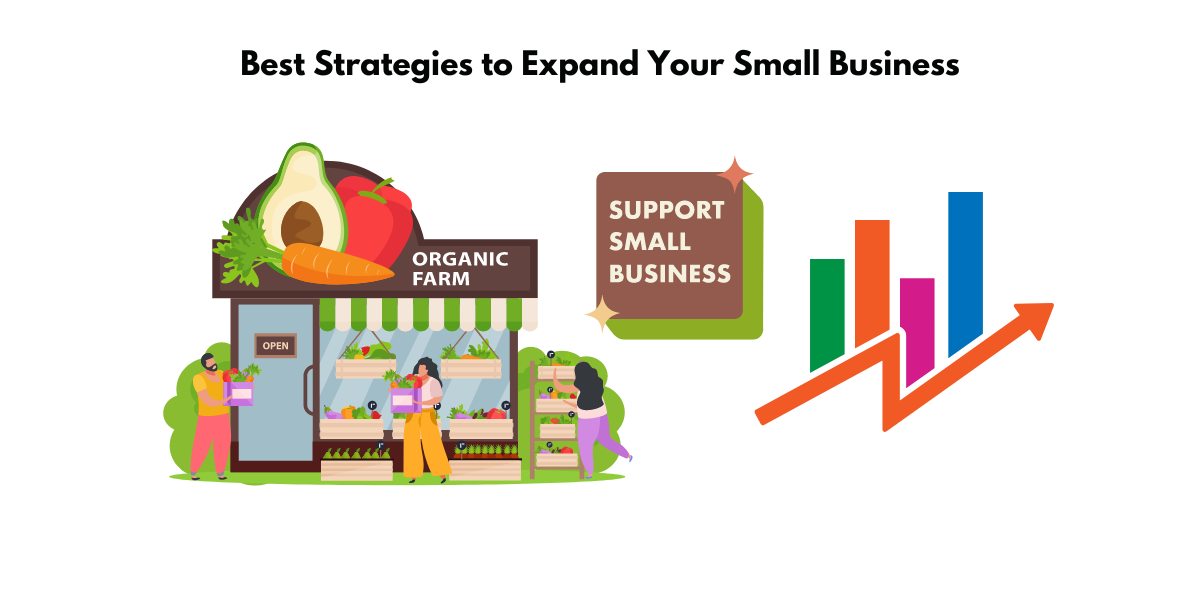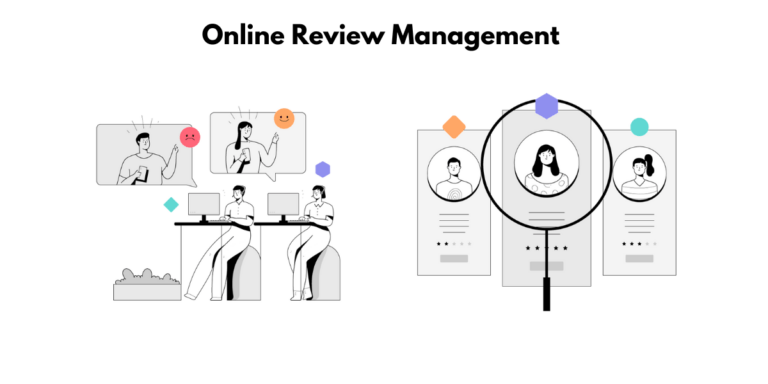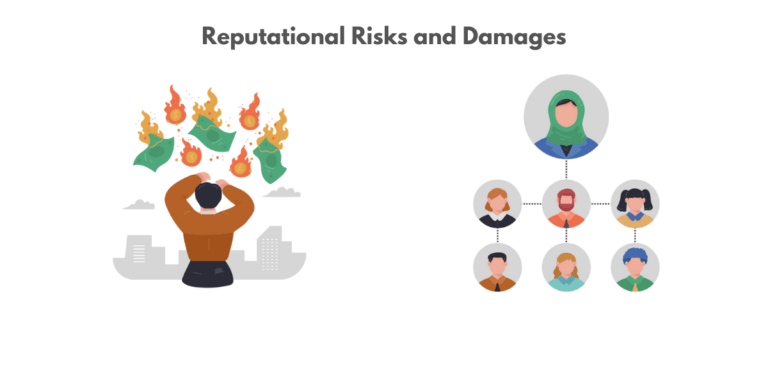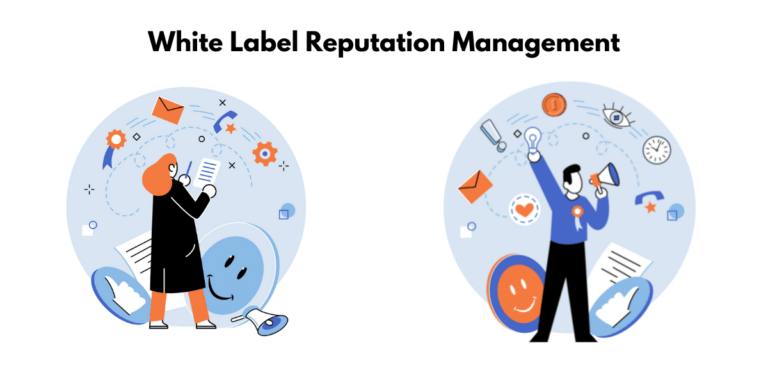Introduction: Unleashing Your Business Potential
The Current Landscape of Small Business Growth
Despite economic uncertainties, small-business owners remain optimistic about the future, with 65% anticipating revenue growth in the coming year. This confidence is supported by 2023 study findings that reveal a strong resilience among entrepreneurs, with many continuing to find profitable opportunities. With a proactive approach to planning and structuring, small businesses are well-positioned to leverage their agility and innovation to navigate challenges and capitalize on their growth potential.
The Importance of Innovative Strategies in a Competitive Market
Navigating the competitive market requires a sprinkle of creativity and a solid dose of innovation. It’s not just about having a unique product or service – it’s about carving out a space where your small business can truly shine. In this rapidly changing business landscape, innovative strategies are the key to standing out. They provide the agility to pivot when necessary, embracing the latest trends and technologies, all while keeping customer needs at the forefront. By being proactive in your approach and seeking out creative solutions to common challenges, you can establish a robust foundation for sustainable growth and longevity in your chosen market.

Strategy 1: Leverage Localized Marketing Tactics
Harnessing the Power of Community Engagement
Community engagement isn’t just good for society; it’s a smart business strategy. When you invest time and resources into community-based initiatives, you’re not just giving back – you’re building trust and loyalty with potential customers who value social responsibility. Whether it’s sponsoring a local sports team, participating in charity events, or offering your expertise at educational workshops, each act of engagement weaves your business into the community fabric. This can translate into a supportive customer base that not only buys from you but advocates for you. Remember, people love to support businesses that help their hometowns thrive.
Embracing Hyperlocal Advertising for Targeted Reach
Hyperlocal advertising is like a beacon, shining a light on your business specifically where potential customers are located. By targeting advertising efforts to specific neighborhoods, towns, or even streets, you can increase the relevance of your messaging and connect with your audience on a more personal level. This targeted approach not only optimizes your advertising spend but also boosts the chances of attracting foot traffic to your storefront or local service. In the age of digital overload, hyperlocal advertising stands out by delivering the right message, to the right people, exactly where they live and work.

Strategy 2: Exploit Niche Markets
Identifying and Dominating Specialized Segments
The key to capturing a niche market lies in zeroing in on a specific audience whose needs are not fully met by the mainstream offerings. Delve deep into market research to uncover these untapped opportunities where your business can offer a unique value proposition. Once you’ve pinpointed a specialized segment, tailor your products, services, and marketing efforts to address the distinct preferences and requirements of that audience. This focus often translates to less competition and a stronger, more defined brand presence. Dominate your niche by becoming the go-to expert—a trusted source that consistently meets and exceeds the unique demands of your specialized segment.
Creating Custom Solutions to Address Unique Customer Needs
To truly stand out, consider how your small business can offer custom solutions that directly address the specific needs of your customers. Personalization is the name of the game, and clients appreciate when a business goes the extra mile to cater to their individual requirements. This strategy not only increases customer satisfaction and loyalty but also helps you to command higher prices due to the added value you’re providing. Custom solutions can range from bespoke products, and personalized services, to tailored customer experiences — all of which contribute to a differentiated brand that customers recognize and remember.
Strategy 3: Foster Partnerships and Collaborations
Networking with Complementary Businesses
Think of networking with complementary businesses as joining forces to amplify your market presence. When you connect with other businesses that offer complementary services or products, you’re opening the door to a plethora of cross-promotion opportunities. Such strategic alliances can lead to cooperative marketing campaigns, package deals that offer more value to customers, or even shared business insights that can drive innovation. Networking is not just about trading business cards; it’s about cultivating relationships that can help you reach new customer bases and create synergy that otherwise wouldn’t be possible alone.

Joint Ventures: A Gateway to New Opportunities
Embarking on a joint venture can be a game-changer, propelling your business into new markets and growth trajectories. When two entities combine resources, whether it’s expertise, technology, or customer bases, they create a powerhouse capable of achieving more together than on their own. A joint venture allows you to explore new opportunities with less risk, given the shared investment. For small businesses, this could mean an enhanced product line, access to new territories, or heightened R&D capabilities. It is a strategic move that can lead to scaling up operations and tapping into revenue streams that were previously out of reach.
Strategy 4: Implement Advanced Technologies
Streamlining Operations with Automation and AI
Streamlining operations is critical for staying competitive, and automation, along with Artificial Intelligence (AI), is the powerhouse behind this. Tools like AI-driven analytics can predict customer behavior, while automation software handles routine, repetitive tasks with precision, allowing your team to focus on strategic initiatives. Take advice from experts like Kevin Holmes, founder of Hairbro, who says automation significantly increases data accuracy and frees up time for crucial business expansion tasks. Adopting these technologies isn’t just a convenience; it’s about enabling your small business to operate at a larger scale and faster pace without sacrificing quality.
Utilizing Data Analytics for Strategic Decision-Making
In the world of big data, small businesses can also play smart by harnessing the power of data analytics for strategic decision-making. With tools like Google Analytics, you’re equipped to dive into website traffic insights, understanding your audience’s behavior down to their last click. Additionally, advanced data analytics can help forecast trends, optimize operations, and personalize customer experiences. By making data-backed decisions, you can allocate your resources more efficiently, tailor your marketing strategies for maximum impact, and ultimately, drive your business towards sustainable growth in a data-driven age.
Strategy 5: Develop a Strong Brand Identity
Crafting an Authentic Narrative That Resonates
An authentic narrative does more than tell your brand’s story—it connects deeply with your audience and sets you apart in a crowded marketplace. It’s about finding the unique voice of your small business and sharing it in a way that resonates with your customer’s values and aspirations. Consider TOMS Shoes’ “One for One” campaign, which not only tells a story of philanthropy but also invites customers to be a part of that story with every purchase. When you craft a narrative that is true to your mission and vision, you invite your customers to be part of an experience that transcends the transactional and fosters a genuine, lasting connection.

Building Brand Loyalty Through Consistency and Quality
Consistency is the secret ingredient that can turn a first-time buyer into a lifelong patron. Your customers need to know that they’ll receive the same level of quality every time they interact with your business, whether it’s through product quality, customer service, or the overall experience. Alongside this, maintaining a consistent brand image and voice across all platforms ensures that customers can easily identify and remember your business. According to a study by Adobe, companies with the strongest omnichannel customer engagement strategies enjoy a 10% year-over-year growth. Uphold these standards and your customers will reward you with their trust and loyalty, which, in the long run, secures your business’s reputation and market position.
Conclusion: The Path to Sustained Business Growth
To grow your small business, it’s important to hire the right team, market effectively, and attract new customers. Growth requires strategic spending of time and money, and while you may have a basic growth plan, there are less common techniques that can help.

One approach is low-budget, high-impact marketing, like content marketing or SEO, which can reach new customers without a big budget. CPA marketing is another option, where you earn commissions for customer actions, such as form completions or downloads. Diversifying your product or service offerings can also attract a broader customer base. Staying adaptable to market and technology changes is crucial for growth. Practicing social responsibility by supporting local causes can build community support for your business.
Lastly, knowing when to take breaks is vital to prevent burnout and maintain long-term success.
- Discover Five Unique Strategies to Elevate Your Small Business Growth - April 30, 2024
- 10 Facts About White Label Reputation Management - April 3, 2023
- How Do Micro Influencers Work and How Can They Help With Your Online Brand Reputation - August 19, 2022







![13 [Best] Brand Monitoring Tools and Software to Monitor Your Brands Growth](https://www.profilerankings.com/wp-content/uploads/2023/05/brand-monitoring-tools-768x384.png)